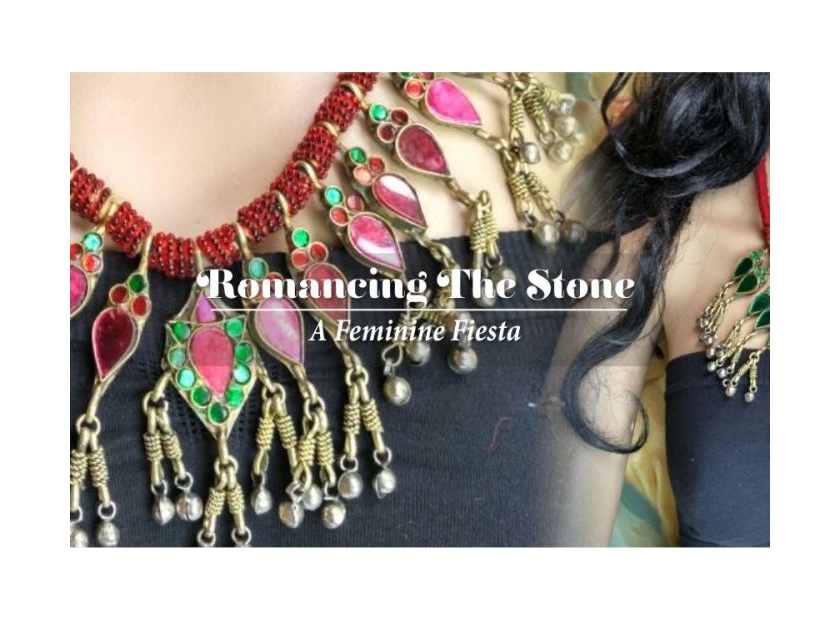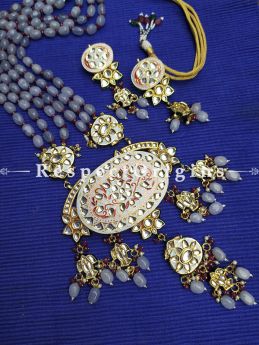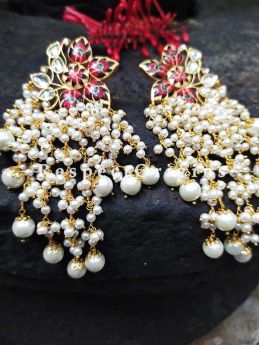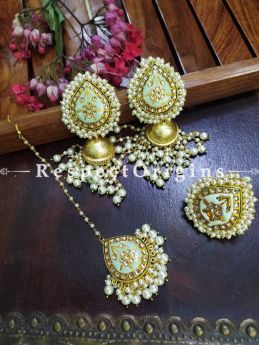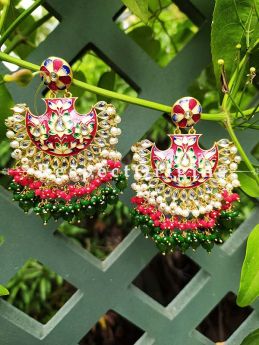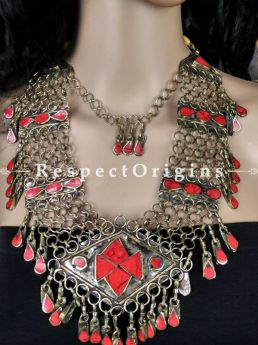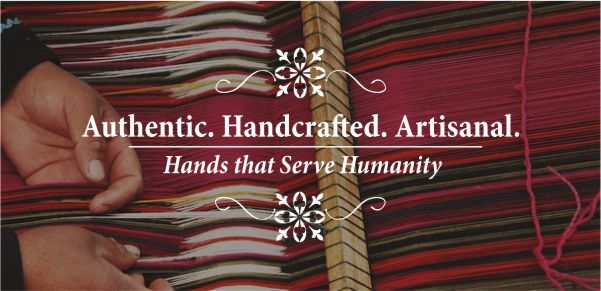Shringaar Ras; A Celebration of Love
Sringara Rasa – Informative & researched article on Sringara Rasa from Indianetzone, the largest free encyclopedia on India.
In the human cave-days, humankind adorned with bones, feathers, stones, sprigs and all that Mother Nature offered-up. In more recent centuries we’ve found metals and gems, both precious and semi-precious and now more recently, synthetic substitutes to virtually all that preceded the here and now.
Women love their Jewellery, as do men. It’s an integral aspect of self-expression and reflects the persona of every culture and its deep connections to its ancient moorings, social rituals and even financial might. A journey through the mystery of the many Indias that live within India, can never truly be experienced in full measure, without glimpses into the craft of its vast range of Jewellery-making traditions. Each, a work of art in design and form, executed with highly skilled craftsmanship.
In ancient Indian traditional aesthetic sensibility, the essences of human moods or states of being, conveyed themselves through nine Rasas. In the classical performing arts, music, dance, theatre and subsequently films, these nine were interpreted by formal schools, celebrated historians and veterans of the arts. The Veera Rasa– Bravery, Adbhuta Rasa– Wonder, Karuna Rasa– Compassion, Hasya Rasa– Joy, Shanta Rasa– Peace, Raudra Rasa-Anger, Bhayanaka Rasa– Fear, Vibhatsa Rasa-Disgust and Shringaara Rasa– Love. Of these the Shringaar Rasa has always taken the place of Prima Donna, with its secondary associations of Love and Beauty and the vast range of emotions evoked. In all Indian art, architecture and performing arts, the dialectic between a Man and Woman is evidenced best in the ancient temple carvings, poetry and paintings. Its a manifestation of the love between the human and divinity.
In ancient ritual, Solah Shringaara, or the 16 steps, celebrated the divinity of the woman’s form and invoked blessings for prosperity and well-being to be bestowed upon her. Shri, in the word Shringaara, references, Lakshmi-the Goddess of Wealth, Prosperity and Beauty. Commencing with a ritual bath, the woman, an embodiment of Goddess Lakshmi, would be adorned from head to toe, replete with pieces of jewellery that held significance in their symbolism. From the aromatic, Keshapasharatana or Gajra, hair-decorations for brides, to the Maang-tikka that adorns the parting and the forehead, to the toe-rings that lend sparkle to those toes, each is one step of the 16 essential adornments of an Indian bride.
A celebration of any cultural, social and religious significance is considered, by many Indians, to be auspicious when the “Lakshmi” or lady of the house is adorned and happy!
Where in the world would we find women who might take issue with being the recipient of such privilege, adoration and attention? Its not too bad as a starting point anyhow!

